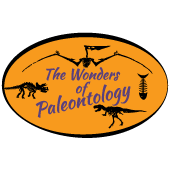Please let us know what you need and what you think of these lessons.
Help us add more by sharing your great ideas!
Please report back on the results and what you would change.
Thank you! Happy Learning!
Hello Educators- Have your students view the video “The Day the Mesozoic Died” in the Extinction Event tab of this website’s home page. It is easy to understand and gives many concepts in 33 minutes. There are resources and ways for your students to fully understand the scientific facts that we know now. Science will change and until then…
https://www.biointeractive.org/classroom-resources/day-mesozoic-died
See Fossils and So Much More!!
Online Resources for K-12 Students and Educators from the Advancing Digitization of Biodiversity Collection (ADBC) program.
https://www.idigbio.org/education/k-12-material
*Lesson Plans
* Tutorials
*Videos
*Apps & Websites
Getting into the Fossil Record -An Introduction
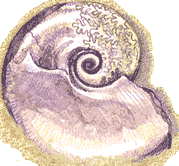
Level 1- Grades 5-8
https://ucmp.berkeley.edu/education/explorations/tours/fossil/index.html
During this module students will learn:
- what a fossil and the fossil record are.
- how organisms become fossils.
- the factors that promote fossilization.
- the forces that can destroy or hide fossils.
- how paleontologists find fossils.
- why not all organisms will become part of the fossil record.

Choose Level 2 for Grades 5-12.
Concepts covered in Level 2:
*Life is very diverse and has always been.
* Thirty million species of animals, plants, and organisms on Earth.
*Large part of this diversity made up of land plants, fungi, and protists.
*Picture sizes represent the size of group diversity.
*Diversity of life the result of evolution.
*History of Earth traced back 4.6 billion years.
*Fossils provide evidence of evolution and how life forms are related.
*Shared features and common ancestry through cladograms.
*Variation essential to evolution using Darwin’s finches and concepts.
*Only a small % of species survive.
*All things are related through common ancestry. Life continues to change resulting in the biodiversity we see today.
Age Dating In the Fossil Record
http://petrifiedwoodmuseum.org/DatingExercises.htm
Grades 5 and Up
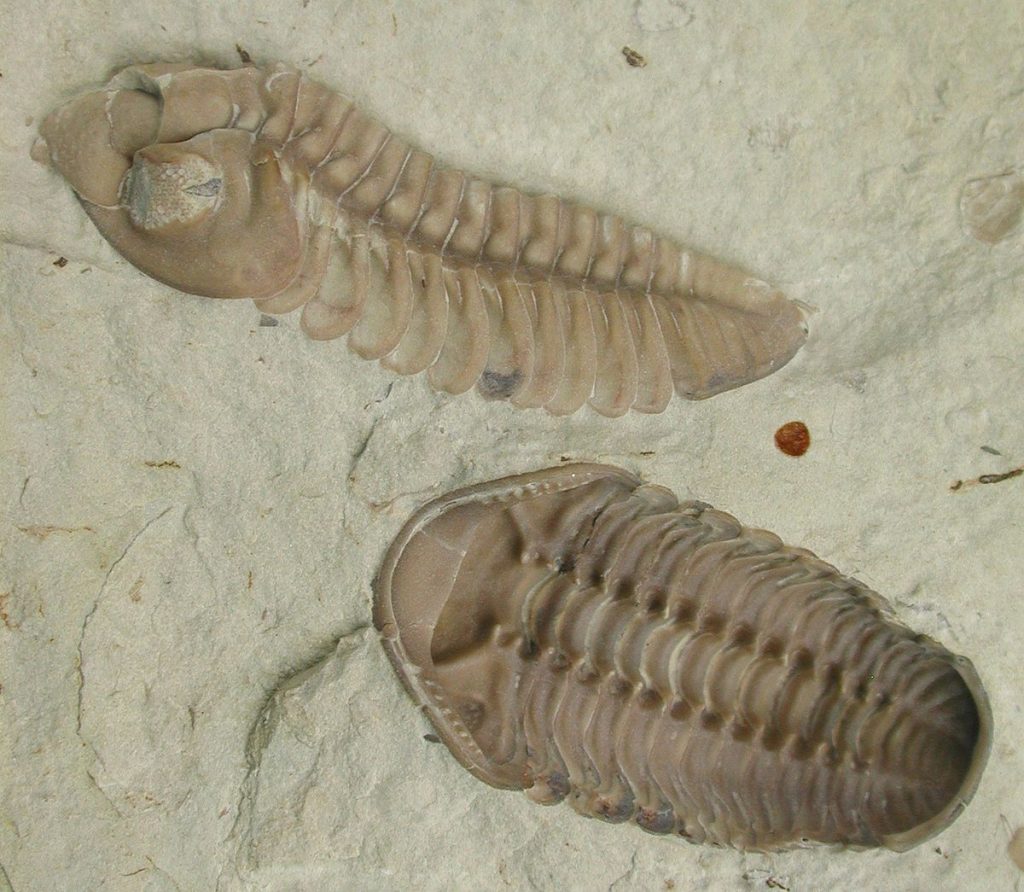
Wikipedia
“Fossils and Relative Geologic Age Dating” and “Radioactive Isotopes and Absolute Geologic Age Dating” are activities created by Dr. Andrew Warnock of Colorado State University to study fossils, relative-age, and absolute-age dating the same way paleontologists would do out in the field. Instead of learning about each fossil individually, the relative-dating lesson is taught in the fossil’s context within the stratigraphy of the rocks it was found.
The absolute-dating lesson, the focus is on testing the rates of decay so that they can be understood and believed by skeptics. Popcorn and pom-poms make learning fun as well.
The Teacher page at http://petrifiedwoodmuseum.org/PDF/TeacherGuide.pdf and provided links to the Student page along with the Solution gives you everything needed to make this a memorable scientific inquiry.
Stories From the Fossil Record
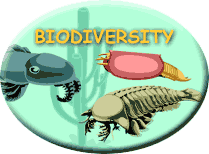
Stories From The Fossil Record (Grades 5-9) has 4 stories: Biodiversity, Paleoecology, Past Lives, and Geologic Time (On the Timelines/ Activities page).
https://ucmp.berkeley.edu/education/explorations/tours/stories/middle/intro.html
Prerequisites to these lessons are the knowledge of what a fossil is and how fossils are formed.
In the Biodiversity story, students will learn that:
- fossils help us understand how biodiversity has changed through time.
- fossils help us understand how organisms are related.
- most organisms that lived in the past are now extinct.
- fossils provide evidence of mass extinctions.
- the extinction of one species can affect other organisms.
- recognizing changes in past biodiversity can give us clues about how biodiversity is changing today.
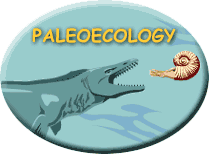
In the Paleoecology story, students will learn that:
- Fossils provide clues about both abiotic and biotic factors of past ecosystems.
- fossils provide evidence about the changes in climate and temperature of past ecosystems.
- fossils can give us clues about how organisms interacted with one another.
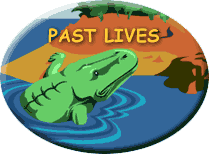
In the Past Lives story, students will learn that:
- some fossils can tell us about ages of individual organisms.
- fossils can provide evidence about individual, family, and social behavior of organisms.
- fossils can show how some features evolved and how the functions of these features have changed.
Research Quest Interactive Investigations
Teachers of 6-8th grades visit https://researchquest.org/ for a short teacher video to explain the goals of the interactive investigations that improve critical thinking skills and support the Next Generation Science Standards.
There is so much learn and the students will enjoy the lessons.
At the Natural History Museum of Utah -there are Up -Coming Live Sessions scheduled! Check them out! https://nhmu.utah.edu/research-quest/live-streaming.
On-Demand classes and more are included in Tools For Teachers: https://nhmu.utah.edu/research-quest/tools-for-teachers.
“The Mysteries of Cleveland- Lloyd Dinosaur Quarry”
Here is the site’s explanation of this investigation:
Three separate, standards-aligned investigations designed to take your middle school students and you on an adventure to research some of the biggest questions paleontologists have asked about this world-renowned dinosaur quarry. Try one or try them all. Either way your students will use 3D scanned images of our fossils, expert modeling through scientist-led videos, and field notes to gather evidence, reason with that evidence and construct arguments that do more than just answer their research questions – rather, they provide an evidence-based response to the question at hand.
Target Audience: 6th – 8th Grades
“Change in the Uinta (said you-win-tah) Mountains- Normal or Not?
Four new investigations to engage your students in examining the phenomena of change and stability in ecosystems. Using a combination of museum specimens, simulations, and authentic data, your students will explore rapid changes being observed in the Uinta Mountains of Utah. Students will gather and analyze evidence to determine the degree to which current changes follow historical patterns and to assess potential impact now and in the future. Students will develop evidence-based explanations and engage in spirited debate with their peers to explain and predict changes in the mountain ecosystem. Each of the four investigations targets a key question about the ecosystem and can be used alone or in combination.
Target Audience: 6th – 8th Grades
Grades 6-8-Teacher’s Lounge- Understanding How Science Really Works
Ideas to Assist Teachers
https://undsci.berkeley.edu/teaching/68.php
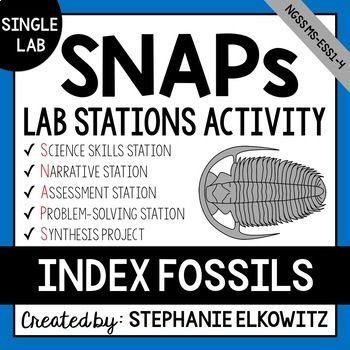
https://www.teacherspayteachers.com/Product/MS-ESS1-4-Index-Fossils-Lab-Stations-Activity-3353410
For Grades 6-8.
https://www.teacherspayteachers.com/Browse/PreK-12-Subject-Area/Archaeology
A link to many pages of good “archeological”/ paleontological activities.
